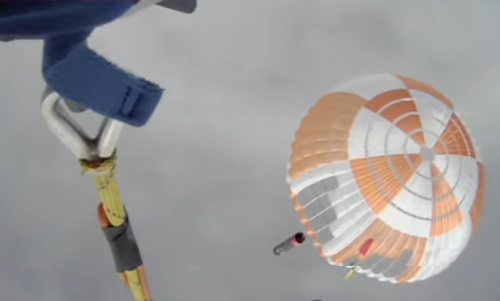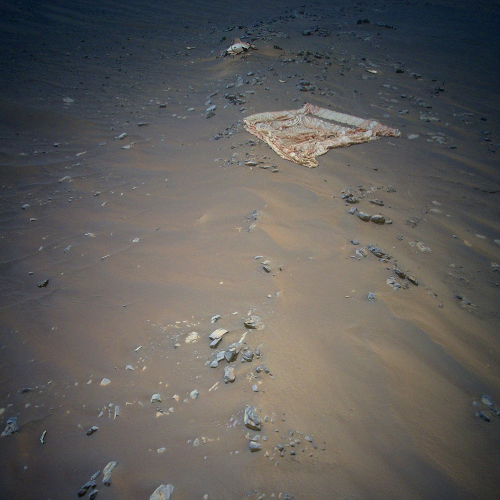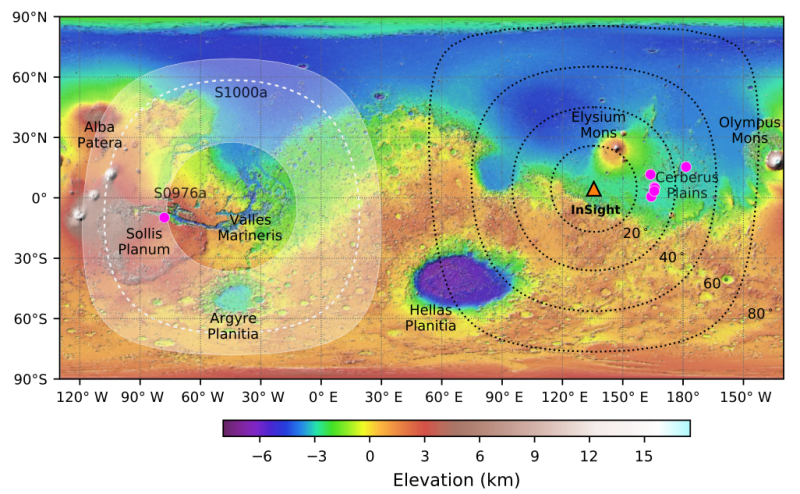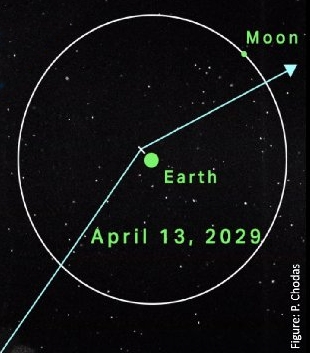ESA: ExoMars will likely be delayed till ’28 at the soonest
An official of the European Space Agency (ESA) at a May 3rd science meeting announced that the launch of its ExoMars rover will likely be delayed until 2028 at the earliest because of the partnership breakup with Russia due to its invasion of the Ukraine.
Russia had been providing both the launch rocket as well as the lander on Mars.
Speaking at a May 3 meeting of NASA’s Mars Exploration Program Analysis Group (MEPAG), Jorge Vago, ExoMars project scientist at ESA, said he doubted a new lander could be ready by 2026. “It is theoretically possible, but in practice we think it would be very difficult to reconfigure ourselves and produce our own lander for 2026,” he said. “Realistically, we would be looking at a launch in 2028.”
Launching in 2028 could pose technical challenges for ExoMars. One trajectory would get the rover to Mars relatively quickly, but have it arrive just a month before dust storm seasons starts at the preferred landing site. An alternative trajectory would require traveling for more than two years to each Mars, but get the rover there six months before dust storms start.
“We have been trying very hard to convince the engineering team that the dust storm season is not death,” Vago said. “We should concentrate on making the rover more robust and able to weather a dust storm.”
There are other issues. The rover will need new radioisotope heating units, or RHUs, to provide power, since Russia will no longer providing them. If the U.S. provides, the launch for security reasons will have to take place in the U.S., which means the launch provider will have to be American.
The delay to ’28 also could cause the ExoMars rover mission to be completely changed, repurposed to become part of the sample return mission that the ESA and NASA are partnering to bring back the cached samples that Perseverance is gathering. If so, this repurposing might delay its launch to Mars even further.
An official of the European Space Agency (ESA) at a May 3rd science meeting announced that the launch of its ExoMars rover will likely be delayed until 2028 at the earliest because of the partnership breakup with Russia due to its invasion of the Ukraine.
Russia had been providing both the launch rocket as well as the lander on Mars.
Speaking at a May 3 meeting of NASA’s Mars Exploration Program Analysis Group (MEPAG), Jorge Vago, ExoMars project scientist at ESA, said he doubted a new lander could be ready by 2026. “It is theoretically possible, but in practice we think it would be very difficult to reconfigure ourselves and produce our own lander for 2026,” he said. “Realistically, we would be looking at a launch in 2028.”
Launching in 2028 could pose technical challenges for ExoMars. One trajectory would get the rover to Mars relatively quickly, but have it arrive just a month before dust storm seasons starts at the preferred landing site. An alternative trajectory would require traveling for more than two years to each Mars, but get the rover there six months before dust storms start.
“We have been trying very hard to convince the engineering team that the dust storm season is not death,” Vago said. “We should concentrate on making the rover more robust and able to weather a dust storm.”
There are other issues. The rover will need new radioisotope heating units, or RHUs, to provide power, since Russia will no longer providing them. If the U.S. provides, the launch for security reasons will have to take place in the U.S., which means the launch provider will have to be American.
The delay to ’28 also could cause the ExoMars rover mission to be completely changed, repurposed to become part of the sample return mission that the ESA and NASA are partnering to bring back the cached samples that Perseverance is gathering. If so, this repurposing might delay its launch to Mars even further.












